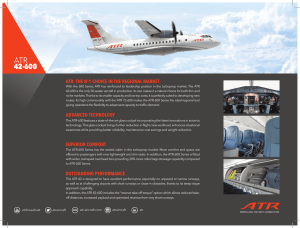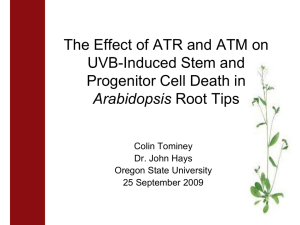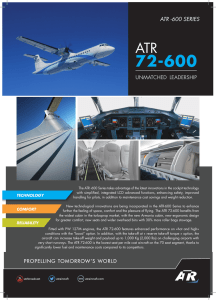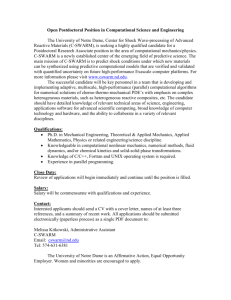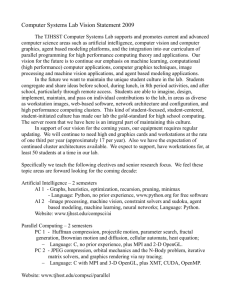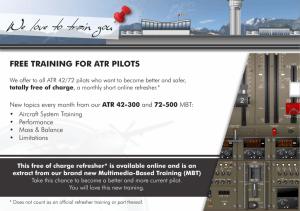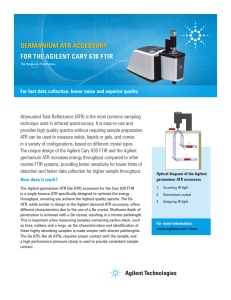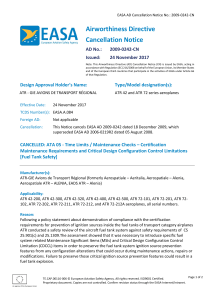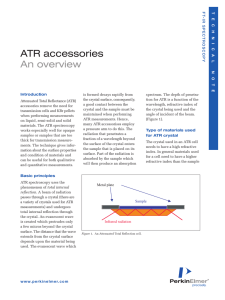NYU ATR LAB
advertisement
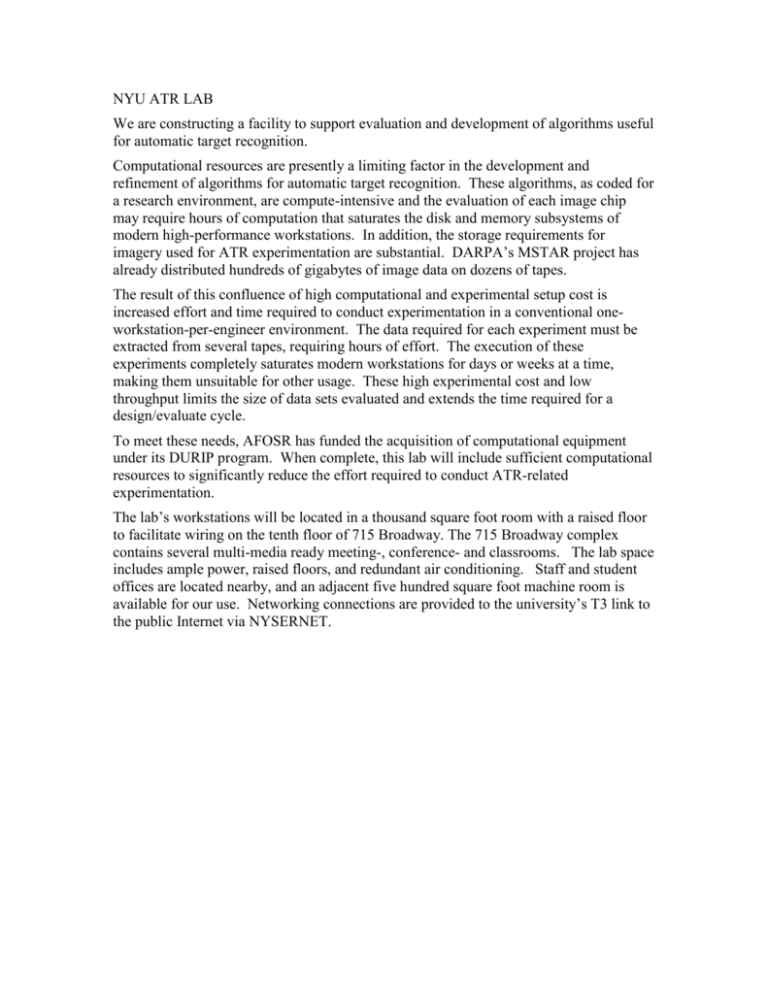
NYU ATR LAB We are constructing a facility to support evaluation and development of algorithms useful for automatic target recognition. Computational resources are presently a limiting factor in the development and refinement of algorithms for automatic target recognition. These algorithms, as coded for a research environment, are compute-intensive and the evaluation of each image chip may require hours of computation that saturates the disk and memory subsystems of modern high-performance workstations. In addition, the storage requirements for imagery used for ATR experimentation are substantial. DARPA’s MSTAR project has already distributed hundreds of gigabytes of image data on dozens of tapes. The result of this confluence of high computational and experimental setup cost is increased effort and time required to conduct experimentation in a conventional oneworkstation-per-engineer environment. The data required for each experiment must be extracted from several tapes, requiring hours of effort. The execution of these experiments completely saturates modern workstations for days or weeks at a time, making them unsuitable for other usage. These high experimental cost and low throughput limits the size of data sets evaluated and extends the time required for a design/evaluate cycle. To meet these needs, AFOSR has funded the acquisition of computational equipment under its DURIP program. When complete, this lab will include sufficient computational resources to significantly reduce the effort required to conduct ATR-related experimentation. The lab’s workstations will be located in a thousand square foot room with a raised floor to facilitate wiring on the tenth floor of 715 Broadway. The 715 Broadway complex contains several multi-media ready meeting-, conference- and classrooms. The lab space includes ample power, raised floors, and redundant air conditioning. Staff and student offices are located nearby, and an adjacent five hundred square foot machine room is available for our use. Networking connections are provided to the university’s T3 link to the public Internet via NYSERNET. Nine user workstations will be equipped with high-resolution graphic displays and arranged in a corral to facilitate collaborative work and engineering meetings. The lab also will contain eleven other computers without for centralized administration, networked file services, and non-interactive work. High-speed network links with full IP connectivity to the lab will be provided to staff offices. The university network (consisting of 10 and 100MHz links) provides connectivity to the rest of the Institute. Each of the twenty computers in the ATR lab will contain at least 256 megabytes of memory and eight gigabytes of disk storage. A central stable disk system (RAID level 5) will provide four hundred gigabytes of central storage. A high-speed switch will be dedicated to routing network traffic between ATR Lab hosts, and a DLT tape changer will provide automated backup services. We would prefer to provide a homogeneous system of high-performance Intel workstations running the Linux and NT operating systems. Some programs critical for the research mission of this lab may not be compatible with these systems, most notably XPATCH and its visualization tools. To respond to this challenge, we are reserving a substantial portion of our funds for the potential purchase of SGI or Sun systems if these codes can not be easily ported to the Intel systems. The ATR lab will is also developing a relationship with the VDL at AFRL, and will provide high performance access to catalogued image data stored both there and at NYU. Researchers affiliated with the ATR lab will be able to conduct experimentation on our computers via the Internet as well as at NYU.

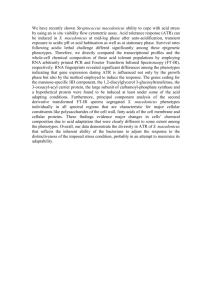
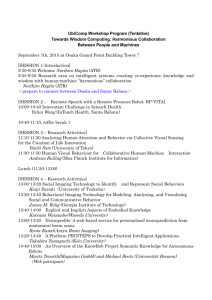
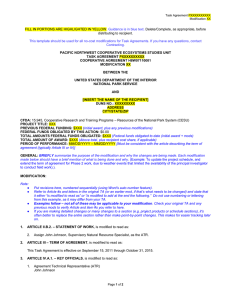
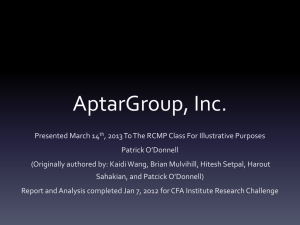
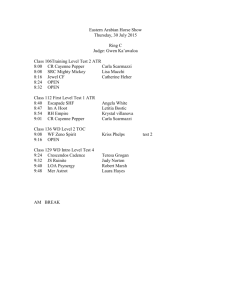

![Vowel harmony: The behaviour of the vowel /a/ in [+ATR] environment](http://s3.studylib.net/store/data/007705984_2-1a9a732008a11b6edcd949bbcdf5cad9-300x300.png)
